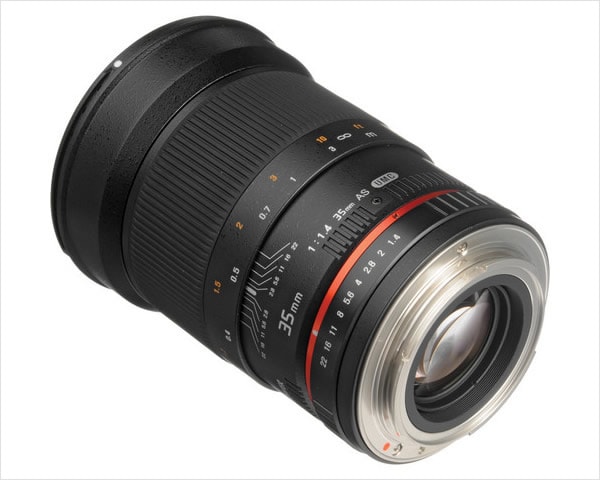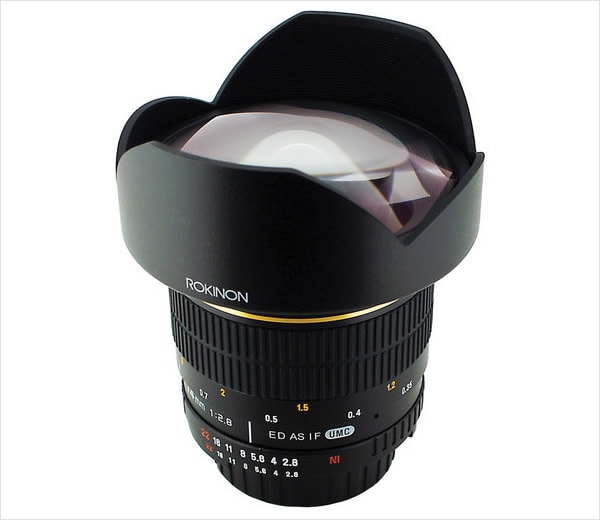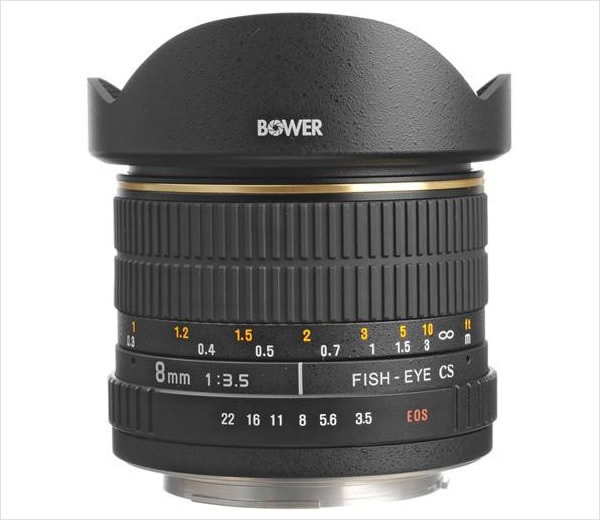Affordable Lens Lust
When you first got your DSLR camera statistically it’s likely you purchased it with a kit lens. That’s not as bad as some people in camera forums make out. Manufacturers pick kit lenses because they make their cameras look good and they’re affordable. What exactly doesn’t work about that combination?
I’ve shot kit lenses on an APS-C camera in a studio right next to a full frame camera with L glass and the pictures were very difficult to tell apart unless we zoomed in to extreme magnification. A real problem if a customer wants a photo of their right eye taken from across the room.
Kit Lens – Weaknesses
All the same, at a certain point in your photography career, you will be demanding more than a kit lens can deliver. Where kit lenses reveal their weaknesses are in low and mixed light situations where minor imperfections become far more apparent.
Shoot a kit lens outdoors or under controlled conditions and keep toward the middle of its specs and the pictures will be amazing, but when the light fades and you have to move to the outer limits of your kit lens capabilities, then expect a noticeable drop off in performance.
Lens Lust
Either way it won’t be long before you too are bitten by lens lust. When you start shopping for upgrade glass the first thing that will surprise you is how expensive good lenses really are.
More than once I’ve asked, “What do they put in these things that they cost so much?” The answer is precision micro focusing motors, a lot of advanced engineering, computer-controlled milling and lens coatings developed over years of painstaking trial and error. That kind of expertise doesn’t come cheap.
But you may not realize how good you have it if your first experience with lens lust is fairly recent. There are some hot new lenses coming from a company in Korea that are priced under $500 and easily compete with lenses that cost thousands.
Let me first say that these lenses won’t work for every shooting situation. If you aspire to become a professional wedding and event photographer, then you have no option but to bite the bullet and spend the money on a high end zoom matched to your camera. But if your subjects move a little slower, like landscapes and portraits, or if you shoot a lot of DSLR video then you’re in luck.
The new lenses are made by a company called Samyang Optics LTD. and are sold under brand names like Bower, Rokinon, Pro Optics and Vivitar. They are, simply stated, a fantastic value for the money.
I bought the Bower 35mm f/1.4 and was sold after just a couple hours working with it. The color and clarity are absolutely fantastic and it can be had for under $500. Do be aware that at that price point, there will be some tradeoffs.

there’s many Bower 35mm lenses on the market
First, there are none of those fancy micro focusing motors, focusing is all done manually. Trying to shoot with a lens lacking autofocus when a scene is changing fast is nearly impossible. For all practical purposes your subjects have to be standing still.
Another downside is you also have to set the aperture by hand. That means shooting in all manual or aperture priority mode and only letting your camera select the shutter speed, or ISO + shutter speed.
Also keep in mind the front filter rings are plastic. That means changing filters a lot is a no go. Put a sky filter on the day you get it and never take that off. Layer any additional filters you need on top of the sky filter. That’s provided the lens even has filter rings. The Rokinon (same company) 14mm f/2.8 and the Bower 8mm f/3.5 don’t even have filter rings! If you want to put filters on those lenses you’ll have to purchase a separate filter holder and drop-in style filters and that can run into some money.

Rokinon has 14mm lenses available for many camera mounts

The Bower 8mm is also available for various mounts
If you’re willing to accept those minor niggles with build quality, you will get lenses that rival some costing thousands of dollars. You can get an entire set of quality primes for less than the cost of one good zoom.
I should note that Samyang also produces most of these lenses in cine versions as well if you’re planning on shooting a lot of video. Cine lenses have the aperture ring declicked and calibrated in T-stops instead of F-stops. The fact these lenses are all manual is actually a selling point for video shooters who turn off all the automatic features anyway.
These days you can have quality and affordability if your shooting style allows for it. I think going into debt to buy glass is a big mistake unless you have a business case to justify the expense. Once you have paying work and can deduct the cost as a business expense, then spend $3,000 on a lens and feel good about it.
